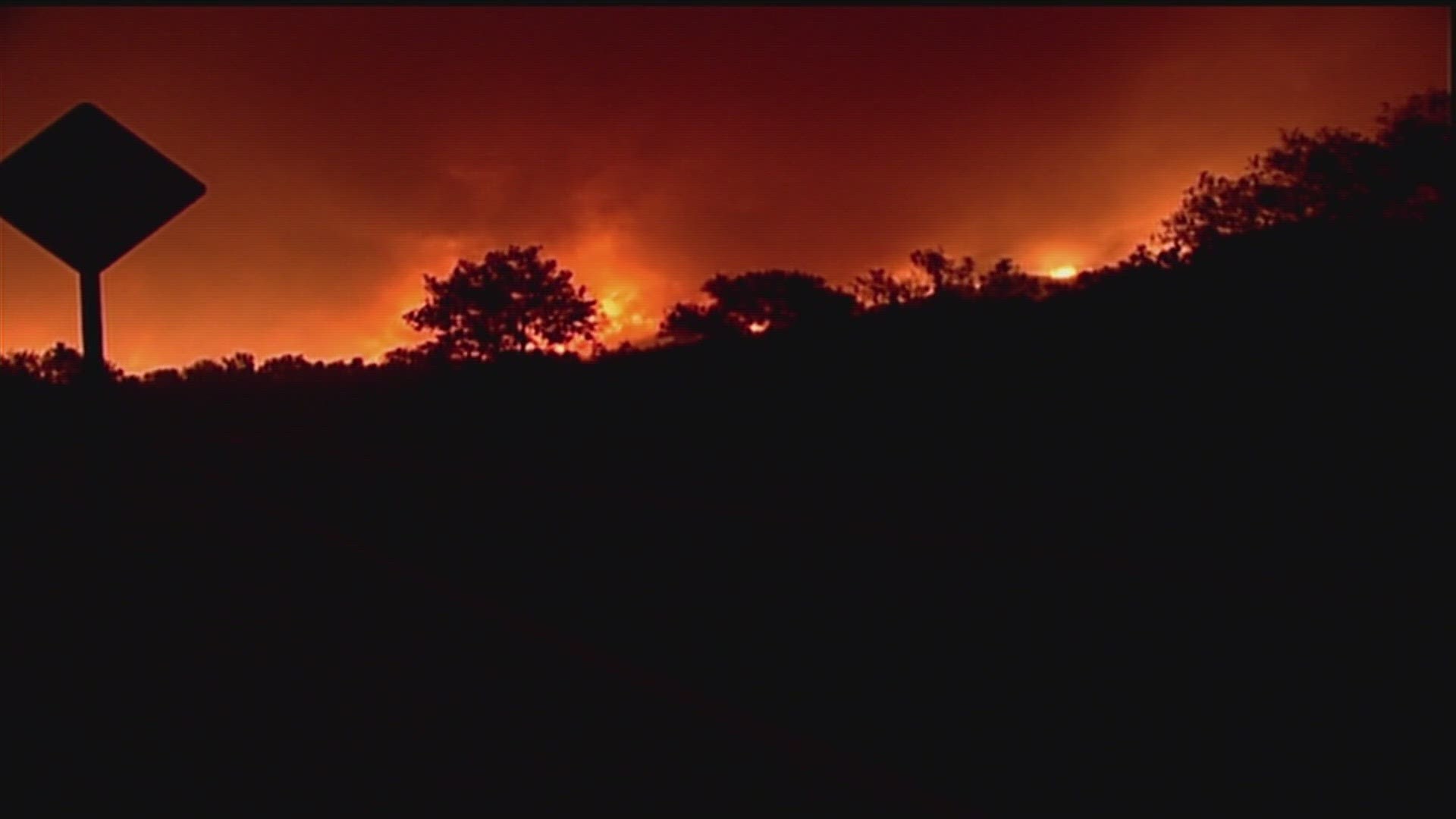SAN DIEGO — As San Diego County residents continue to face extreme weather events such as the January 22 storm, Scripps researchers say their latest findings expose a need to re-think public policy.
The study conduced by scientists at Scripps Institution of Oceanography at UC San Diego shows the combination of extreme heat and wildfires disproportionately harm less affluent and communities of color. For example, statistics prove worse along the border than along the coast. The scientists tracked 13 years of data.
"This is not ok, and we need to do something about that," Scripps researcher Tarik Benmarhnia said.
While San Diego County isn't often hit with rain, this new study focuses on what the region is most prone to: extreme heat and wildfires.
"As a citizen, I feel outraged," Benmarhnia said. "As a scientist, working on this issue for a long time, this is not a surprise."
The scientists analyzed health records from when two extreme weather events took place at the same time, between 2006 and 2019. Their findings show increased damage to people's hearts and respiratory systems. This happens especially in ZIP codes where people were likely to have lower incomes, a higher proportion of racial and ethnic minorities residents and be more crowded, they said. The impacted communities are also less likely to have health insurance, air conditioning or access to green outdoor spaces.
"We really found this kind of South versus North contrast, in terms of vulnerability to this joint impact," he said.
For example, scientists say if you compare Chula Vista to La Jolla, you won't find the same vulnerability. Experiencing both climate hazards on the same day creates a synergistic impact. Worldwide, extreme heat causes an estimated 360,000 deaths annually. The fine particles in smoke kill as many as 680,000 people a year. Both conditions are now more common.
"Extreme heat is dangerous, wildfire smoke is dangerous, but when they happen at the same time, it does something else and is more dangerous," Benmarhnia said.
He says these are the effects of climate change and predicts extreme weather will become more frequent, so we have to adapt to improve public health and re-think the way our urban and suburban living spaces are designed.
"This study shows these issues are not separate, and should be treated at the same time," he said.
Their research comes with recommendations. For example, they suggest leaders provide earlier warnings to the public and provide both cooling and clean air centers.
"We could eventually have social services and preventative medicine within these cool air centers, targeting the most vulnerable communities."
WATCH RELATED: Climate experts warn extreme heat, humid weather could become common in San Diego

